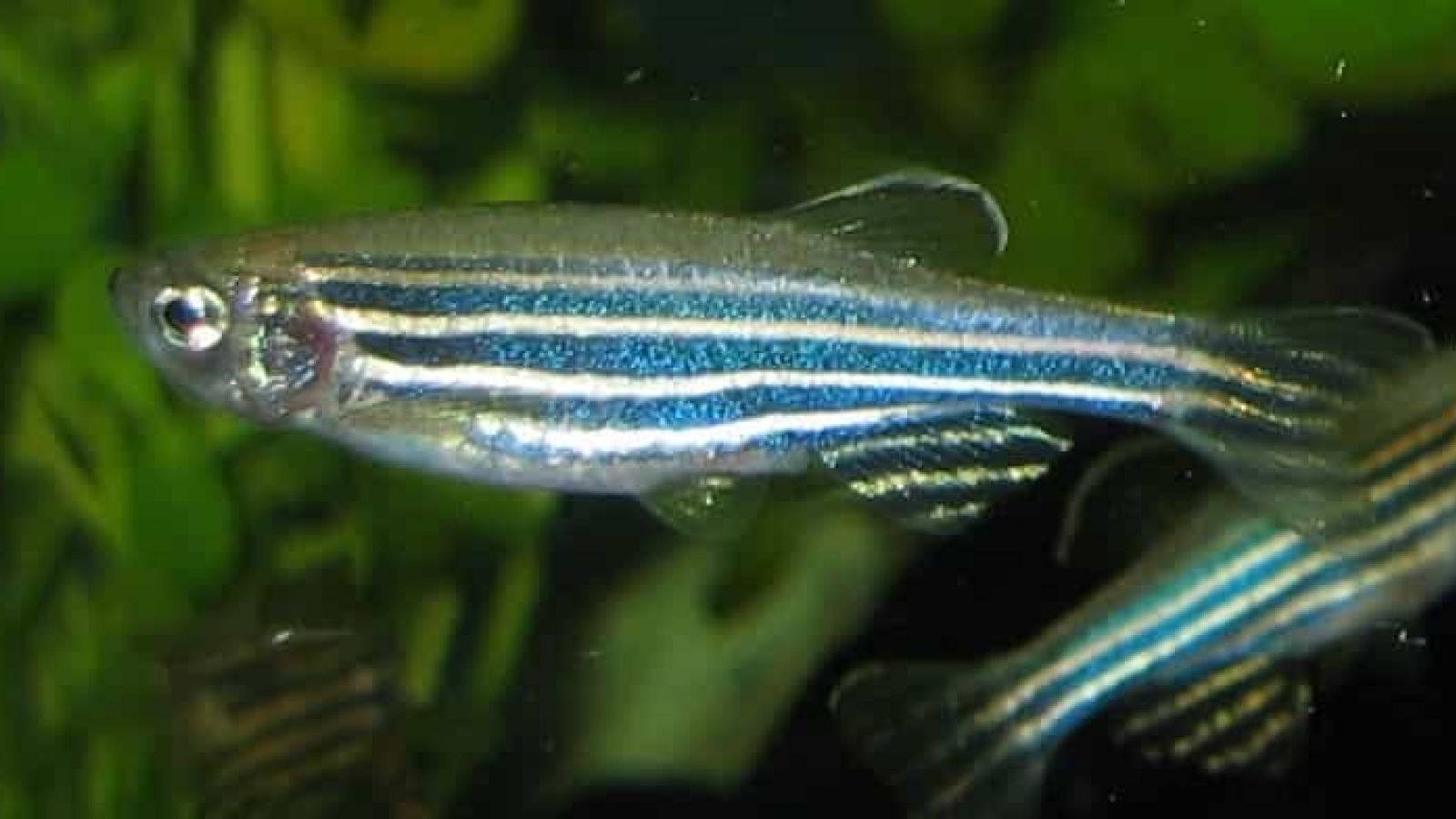Shirin Mesbah Oskui, a graduate student, is developing tools for studying zebrafish embryos, and she wanted to use a 3D printer in her research. However, her plans were thwarted when she noticed that zebrafish embryos die after exposure to parts from the 3D printer.
Oskui used two commercial 3D printers in their study, one which uses melted plastic to build parts and one which uses liquid resin to make parts.
She used each printer to create disc-shaped parts, about an inch in diameter. Then she placed the discs in petri dishes with zebrafish embryos and studied survival rates and hatch rates and monitored for developmental abnormalities.
While the embryos exposed to parts from the plastic-melting printer had slightly decreased average survival rates compared to control embryos, the embryos exposed to parts from the liquid-resin printer had significantly decreased survival rates, with more than half of the embryos dead by day three and all dead by day seven. And of the few zebrafish embryos that hatched after exposure to parts from the liquid-resin printer, 100 percent of the hatchlings had developmental abnormalities.
Last edited: 28 July 2022 08:45

